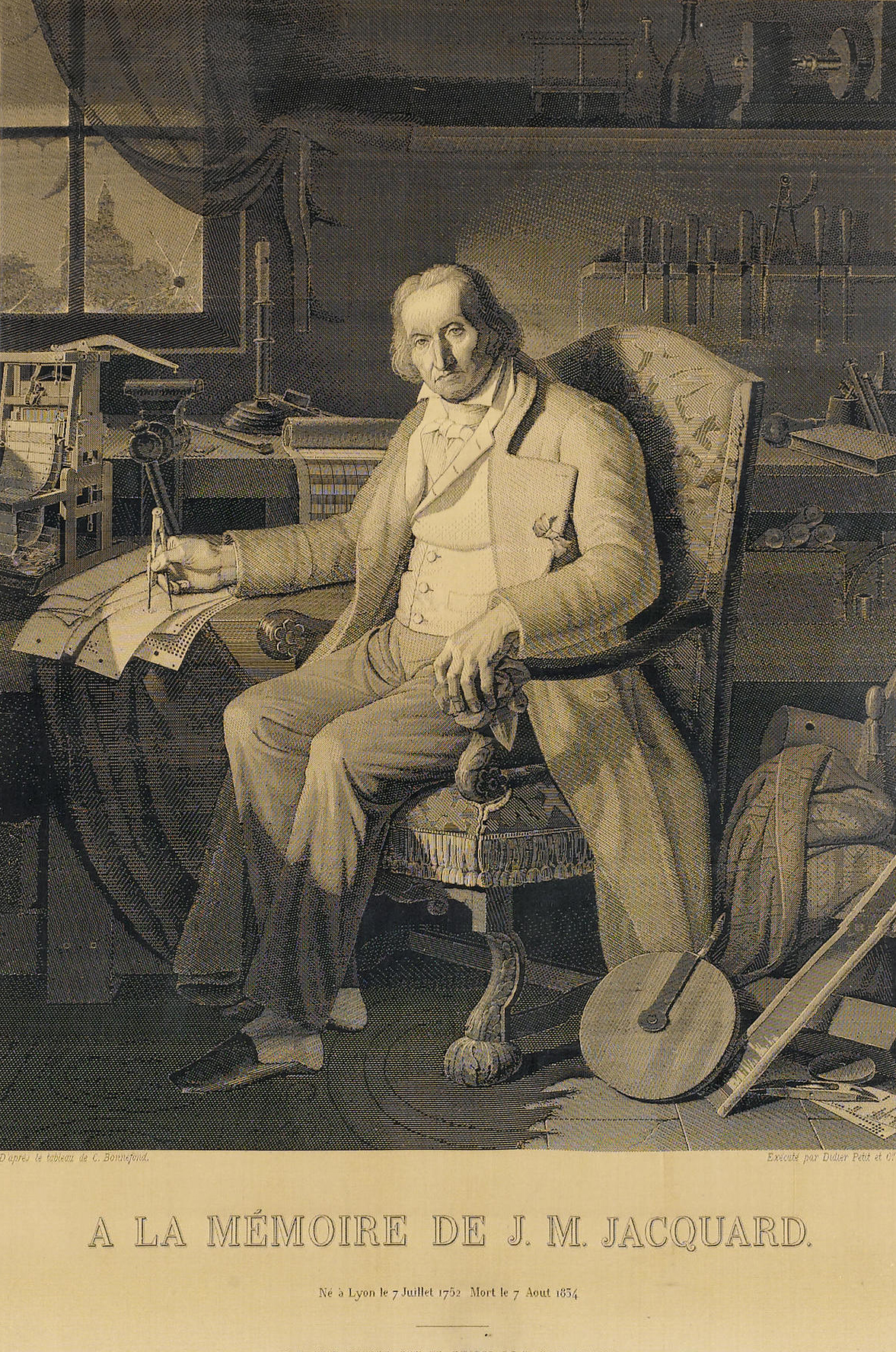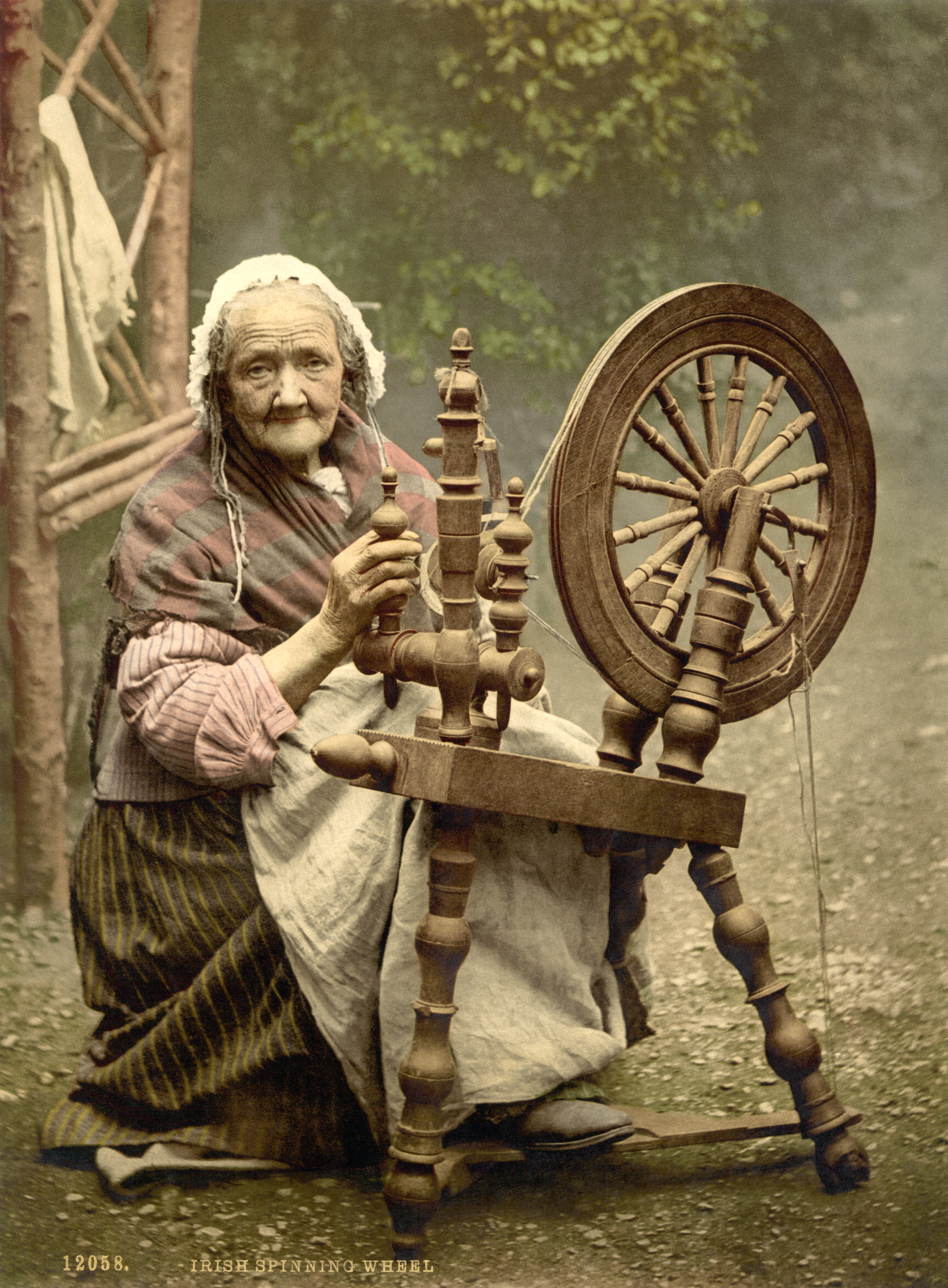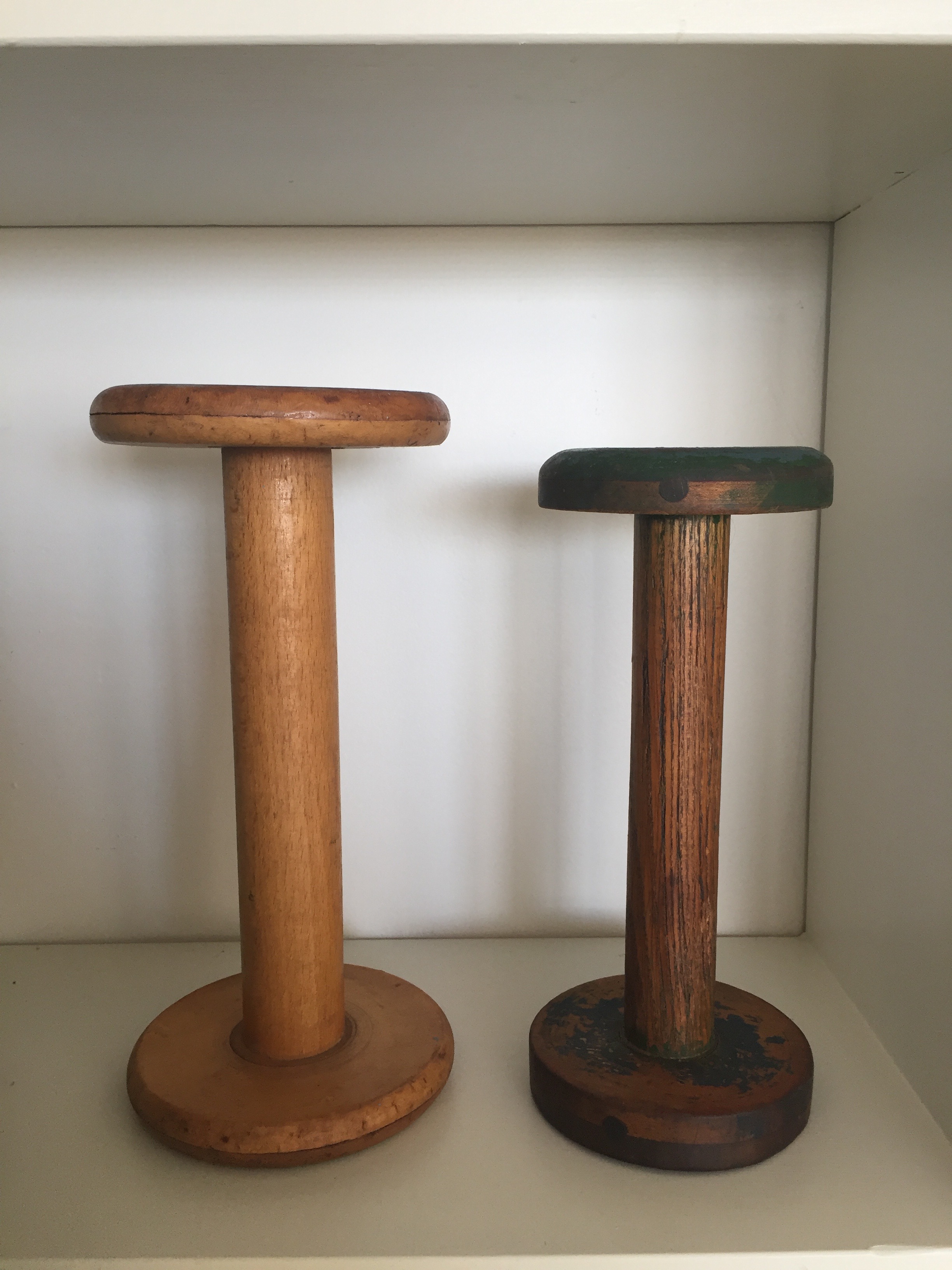|
Dhaka Topi
The Dhaka topi ( ne, ढाका टोपी ), or Nepali topi, is a hat which is popular in Nepal, and which forms part of Nepalese national dress, worn by men on celebrations. History ''Dhaka ko Topi'' literately means a "headgear made of Dhaka cloth", a fine cotton cloth once exclusively imported from Dhaka, the present-day capital of Bangladesh. The Dhaka topi was a part of the Nepalese national dress, and a symbol of Nepalese nationality. It became popular during the reign of King Mahendra, who ruled between 1955 and 1972, and made wearing a Dhaka topi mandatory for official photographs for passports and documents. Dhaka Topis are given away as gifts during Dashain and Tihar festivals. Dhaka topi was also worn by government officials as a part of the national dress. In the times of king Mahendra Dhaka topis for rent was available near the Singha Durbar (literally Lion Hall) in Kathmandu. The badge of kukri cross is worn on the cap largely by officials in Kathmandu or ... [...More Info...] [...Related Items...] OR: [Wikipedia] [Google] [Baidu] |
Nepal
Nepal (; ne, नेपाल ), formerly the Federal Democratic Republic of Nepal ( ne, सङ्घीय लोकतान्त्रिक गणतन्त्र नेपाल ), is a landlocked country in South Asia. It is mainly situated in the Himalayas, but also includes parts of the Indo-Gangetic Plain, bordering the Tibet Autonomous Region of China to the north, and India in the south, east, and west, while it is narrowly separated from Bangladesh by the Siliguri Corridor, and from Bhutan by the Indian state of Sikkim. Nepal has a diverse geography, including fertile plains, subalpine forested hills, and eight of the world's ten tallest mountains, including Mount Everest, the highest point on Earth. Nepal is a multi-ethnic, multi-lingual, multi-religious and multi-cultural state, with Nepali as the official language. Kathmandu is the nation's capital and the largest city. The name "Nepal" is first recorded in texts from the Vedic period of the India ... [...More Info...] [...Related Items...] OR: [Wikipedia] [Google] [Baidu] |
Sikhism In Nepal
Nepali Sikhs first entered Nepal in the 18th century. Today, there is a small community of Sikhs living in Nepal, with varying claims of their numbers totaling around 609 according to the 2011 census of Nepal whilst others have asserted the true number is in the area of 7,000 people. Background Guru Nanak Dev, the founder of Sikhism, spent more than a year meditating on a site now known as Nanak Math, located in Balaju, Kathmandu. It is believed that Guru Nanak visited the math in 1516. Guru Nanak is traditionally locally known as ''Nanak Rishi'' in Nepal. Following conflict with the British East India Company, Maharani Jind Kaur, the youngest wife of Maharaja Ranjit Singh, managed to escape from the Punjab disguised as a servant girl and came to Nepal via Nepalgunj on 29 April, 1849. The Nepalese government gave her shelter. Later, she went to London, but those Sikhs who remained in Nepal started their livelihood there. A few Nepalgunj territories near the Indian border are st ... [...More Info...] [...Related Items...] OR: [Wikipedia] [Google] [Baidu] |
Tansen, Nepal
Tansen is a List of cities in Nepal#Alphabetical list, Municipality and the administrative center of Palpa District in the "hills" of western part of Nepal. It is located on the highway between Butwal and Pokhara, on the crest of the Mahabharat Lekh, Mahabharat Range or Lesser Himalaya overlooking the valley of the Gandaki River, Kaligandaki River to the north. The highway bypasses the town center on the west, protecting pedestrian amenities in the central maze of steep, narrow, winding alleys lined with ''Newar people, Newari'' shop-Houses and temples. History Tansen was the capital of the ''Magar people, Magar'' Kingdom (''Magarat, Barha Magarat'') Palpa, one of the most powerful regional principalities before the rise of the Shah dynasty. It even came close to conquering Kathmandu in the 16th century under the leadership of Mukunda Sen. The Palpa District, Palpa district is home to the Magars, Magar people, and the name "Tansen" has its origins in the Magar language, meaning "no ... [...More Info...] [...Related Items...] OR: [Wikipedia] [Google] [Baidu] |
Palpa District
Palpa District ( ne, पाल्पा जिल्ला, a part of Lumbini Province, is one of the seventy-seven districts of Nepal, a landlocked country of South Asia. The district, with Tansen as its headquarters, covers an area of and has a population (2011) of 261,180. Palpa District is not far from Pokhara and easily reached by bus. The ancient hill town of Tansen in this district offers a more tranquil atmosphere where laid back lifestyle is infectious. Walk down the cobbled streets in the old bazaar to discover a way of life. Explore the Shreenagar Hills or do a day hike to the Rani Mahal, once a vibrant palace on the banks of the Kali Gandaki River. Palpa was the seat of the Hindu Sen kingdom that ruled over this region from the 16th century for almost 300 years so Headquarter of Palpa is called "Tansen" (Nepali: तानसेन) Geography and climate Demographics At the time of the 2011 Nepal census, Palpa District had a population of 261,180. Of these, 62.08% ... [...More Info...] [...Related Items...] OR: [Wikipedia] [Google] [Baidu] |
Acrylic Fiber
Acrylic fibers are synthetic fibers made from a polymer (polyacrylonitrile) with an average molecular weight of ~100,000, about 1900 monomer units. For a fiber to be called "acrylic" in the US, the polymer must contain at least 85% acrylonitrile monomer. Typical comonomers are vinyl acetate or methyl acrylate. DuPont created the first acrylic fibers in 1941 and trademarked them under the name Orlon. It was first developed in the mid-1940s but was not produced in large quantities until the 1950s. Strong and warm acrylic fiber is often used for sweaters and tracksuits and as linings for boots and gloves, as well as in furnishing fabrics and carpets. It is manufactured as a filament, then cut into short staple lengths similar to wool hairs, and spun into yarn. Modacrylic is a modified acrylic fiber that contains at least 35% and at most 85% acrylonitrile. Vinylidene chloride or vinyl bromide used in modacrylic give the fiber flame retardant properties. End-uses of modacrylic inc ... [...More Info...] [...Related Items...] OR: [Wikipedia] [Google] [Baidu] |
Jacquard Loom
The Jacquard machine () is a device fitted to a loom that simplifies the process of manufacturing textiles with such complex patterns as brocade, damask and matelassé. The resulting ensemble of the loom and Jacquard machine is then called a Jacquard loom. The machine was patented by Joseph Marie Jacquard in 1804, based on earlier inventions by the Frenchmen Basile Bouchon (1725), Jean Baptiste Falcon (1728), and Jacques Vaucanson (1740). The machine was controlled by a "chain of cards"; a number of punched cards laced together into a continuous sequence. Multiple rows of holes were punched on each card, with one complete card corresponding to one row of the design. Both the Jacquard process and the necessary loom attachment are named after their inventor. This mechanism is probably one of the most important weaving innovations as Jacquard shedding made possible the automatic production of unlimited varieties of complex pattern weaving. The term "Jacquard" is not specific or l ... [...More Info...] [...Related Items...] OR: [Wikipedia] [Google] [Baidu] |
Jalebi
''Jalebi'' (, , , Urdu: جلیبی, , , si, පැණි වළලු, ), is a popular sweet snack in south and west Asia, Africa, and Mauritius. It goes by many names, including ''jilapi'', ''zelepi'','' jilebi'', '' jilipi'', ''zulbia'', ''jerry'', ''mushabak'', ''z’labia'', or ''zalabia.'' The south Asian variety is made by deep-frying maida flour (plain flour or all-purpose flour) batter in pretzel or circular shapes, which are then soaked in sugar syrup. Jalebi is eaten with curd or rabri (in North India) along with optional other flavors such as kewra (scented water). In some west Asian cuisines, jalebi may consist of a yeast dough fried and then dipped in a syrup of honey and rose water. The North African dish of ''Zalabia'' uses a different batter and a syrup of honey (Arabic: ''ʻasal'') and rose water. History The origin of jalebi is unknown, however there is documented early history of a Middle Eastern variety known as zalabiyeh. The earliest known hist ... [...More Info...] [...Related Items...] OR: [Wikipedia] [Google] [Baidu] |
Nepalese Rupee
The Nepalese rupee ( ne, रुपैयाँ; symbol: रु; code: NPR) is the official currency of the Federal Democratic Republic of Nepal. The Nepalese rupee is subdivided into 100 ''paisa''. The issuance of the currency is controlled by the Nepal Rastra Bank, the central bank of Nepal. The Nepalese rupee was introduced in 1932 when it replaced the Nepalese mohar at the rate 2:1. The Nepalese rupee (रु) has been pegged to the Indian rupee (₹) at the rate रु1.60 = ₹1 since 1994; prior to this, it had been pegged at the rate रु1.45 = ₹1. History The rupee was introduced in 1932, replacing the silver mohar at a rate of 2 mohar = 1 rupee. At first, the rupee was called the ''Mohru'' in Nepali. The "Bullet paisa" In 1955, 4 Paisa coins were minted, made from rifle cartridge cases from World War II that were used by the Gurkha soldiers who fought against the Imperial Japanese in the Pacific. The coins were produced by removing the primer from the cases an ... [...More Info...] [...Related Items...] OR: [Wikipedia] [Google] [Baidu] |
Shah Dynasty
The Shah dynasty ( ne, शाह वंश), also known as the Shahs of Gorkha or the Royal House of Gorkha, was the ruling Chaubise Thakuri dynasty ; and the founder of Gorkha Kingdom from 1559 to 1768 and later the unified Kingdom of Nepal from 1768 to 28 May 2008. The Shah dynasty traces their historical ancestor to King of Kaski, Kulamandan Shah Khand, whose grandson Dravya Shah captured the throne of Ligligkot from Khadka kings with the help of accomplices from six resident clans of Majhkot and Ligligkot. Dravya Shah named his new kingdom Gorkha. Origins The Shah descendants claimed to be of Rajput origin. However, they are ranked as Thakuris. He argues that: He further contended on Shah family that: Coronation of Dravya Shah Dravya Shah was the youngest son of Yasho Brahma Shah, Raja (King) of Lamjung and grandson of Kulamandan Shah Khad, Raja (King) of Kaski. He became the king of Gorkha with the help of accomplices namely Kaji Ganesh Pandey. He ascended the thro ... [...More Info...] [...Related Items...] OR: [Wikipedia] [Google] [Baidu] |
Charkha (spinning Wheel)
A spinning wheel is a device for spinning thread or yarn from fibres. It was fundamental to the cotton textile industry prior to the Industrial Revolution. It laid the foundations for later machinery such as the spinning jenny and spinning frame, which displaced the spinning wheel during the Industrial Revolution. Function The basic spinning of yarn involves taking a clump of fibres and teasing a bit of them out, then twisting it into a basic string shape. The spinner continues pulling and twisting to make it longer and longer, and to control the thickness. Thousands of years ago, people began doing this onto a stick, called a spindle, which was a very lengthy process. The actual wheel part of a spinning wheel does not take the place of the spindle, instead it automates the twisting process, allowing one to "twist" the thread without having to constantly do so manually, and also the size of the wheel lets one more finely control the amount of twist. The thread still ends up o ... [...More Info...] [...Related Items...] OR: [Wikipedia] [Google] [Baidu] |
Bobbin
A bobbin or spool is a spindle or cylinder, with or without flanges, on which yarn, thread, wire, tape or film is wound. Bobbins are typically found in industrial textile machinery, as well as in sewing machines, fishing reels, tape measures, film rolls, cassette tapes, within electronic and electrical equipment, and for various other applications. Industrial textiles Bobbins are used in spinning, weaving, knitting, sewing, and lacemaking. In these practices, bobbins were invented to "manage the piles of thread and yarn that would be mechanically woven into cloth," where the mechanical began using human power, but eventual became machine-driven. In these applications, bobbins provide storage, temporary and permanent, for yarn or thread. Historically, bobbins were made out of natural materials such as wood, or bone. While not in principle an invention of the Victorian era—bobbins in the production of textiles were in earlier use—the machinery introduced in that e ... [...More Info...] [...Related Items...] OR: [Wikipedia] [Google] [Baidu] |
National Museum Of Nepal
National Museum is the first museum that lies on the bottom level of Swayambhu, a holy hill of Kathmandu Valley. It occupies about 50 Ropani of land with different types of buildings, gardens, and opens space in its compound. Now it provides the service to collect and display rare and precious art heritages. The history of this museum shows that at the beginning it was an Arsenal house, built by Prime Minister General Bhimsen Thapa in 1824. After it, in 1926 Rana Prime Minister Chandra Shumsher added two wings in the north and south of the main building and it was given the name of Silkhana Museum. Later in 1938 Rana Prime Minister Juddha Shumsher changed its name to Nepal Museum and its doors were opened to the public on 12th February 1939 (Amatya,1999:45). In the beginning, the buildings of this museum were not constructed for the purpose of storage, conservation, preservation, and displays of art heritages. While it developed as a museum it realized difficult to manage it inappr ... [...More Info...] [...Related Items...] OR: [Wikipedia] [Google] [Baidu] |






